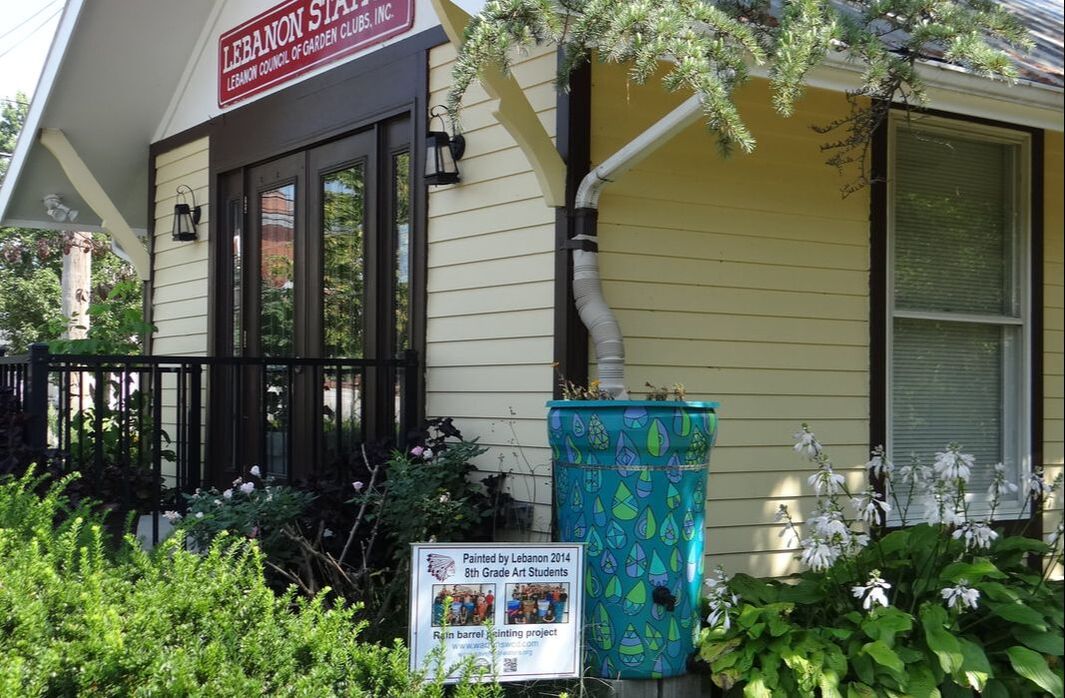|
Green Infrastructure is defined in the Water Infrastructure Improvement Act as “the range of measures that use plant or soil systems, permeable pavement or other permeable surfaces or substrates, stormwater harvest and reuse, or landscaping to store, infiltrate, or evapotranspirate stormwater and reduce flows to sewer systems or to surface waters.” Examples of some local green infrastructure include rain barrels or gardens, designating areas as open space, and bioswales. Most stormwater management materials used in development are considered “grey infrastructure” which includes pipes, culverts, tunnels, and more. These engineered systems regulate our watershed drainage and will likely never be phased out; however, many developers are now supplementing the grey with the green for a variety of reasons. The naming convention alone promotes sustainability—these practices have significantly lower carbon footprints just by the reduction in the amount of material that must be mined/extracted, used in production, and transported to the site where they will be installed. Along with requiring less energy and resources to route stormwater runoff, these practices have aesthetic value and economic benefits. Communities have been able to save money by reducing the diameters of piping by directing flow through a rain garden or an open space to allow for infiltration. A lower flow rate can also lead to less transport of pollutants from urban stormwater runoff and the ability to manage higher volumes during flood events.
More about green infrastructure can be found at: https://www.epa.gov/green-infrastructure/what-green-infrastructure Questions? Call our Urban Team at (513) 695-2901!
2 Comments
|
Details
Urban team BLOGEvery month, the Warren Co SWCD Urban Team dives deep into the world of land development as it relates to stormwater pollution prevention. The blog covers topics like erosion & sediment control best management practices (BMPs), state and local regulations, retention/detention basins, and the conservation of our natural resources. Stay up to date with Development Digest by signing up for WCSWCD Urban eNews!
Categories
All
Archives
April 2024
|
|
|
Contact:PHONE: (513) 695 - 1337
EMAIL: wcswcd@gmail.com HOURS: Monday - Friday 7:30am - 4:00pm (except holidays) Connect:Warren County Soil & Water Conservation District Copyright © 2016
Warren SWCD Privacy Notice. Emails are serviced by Constant Contact. Constant Contact's Privacy Notice. |

 RSS Feed
RSS Feed
